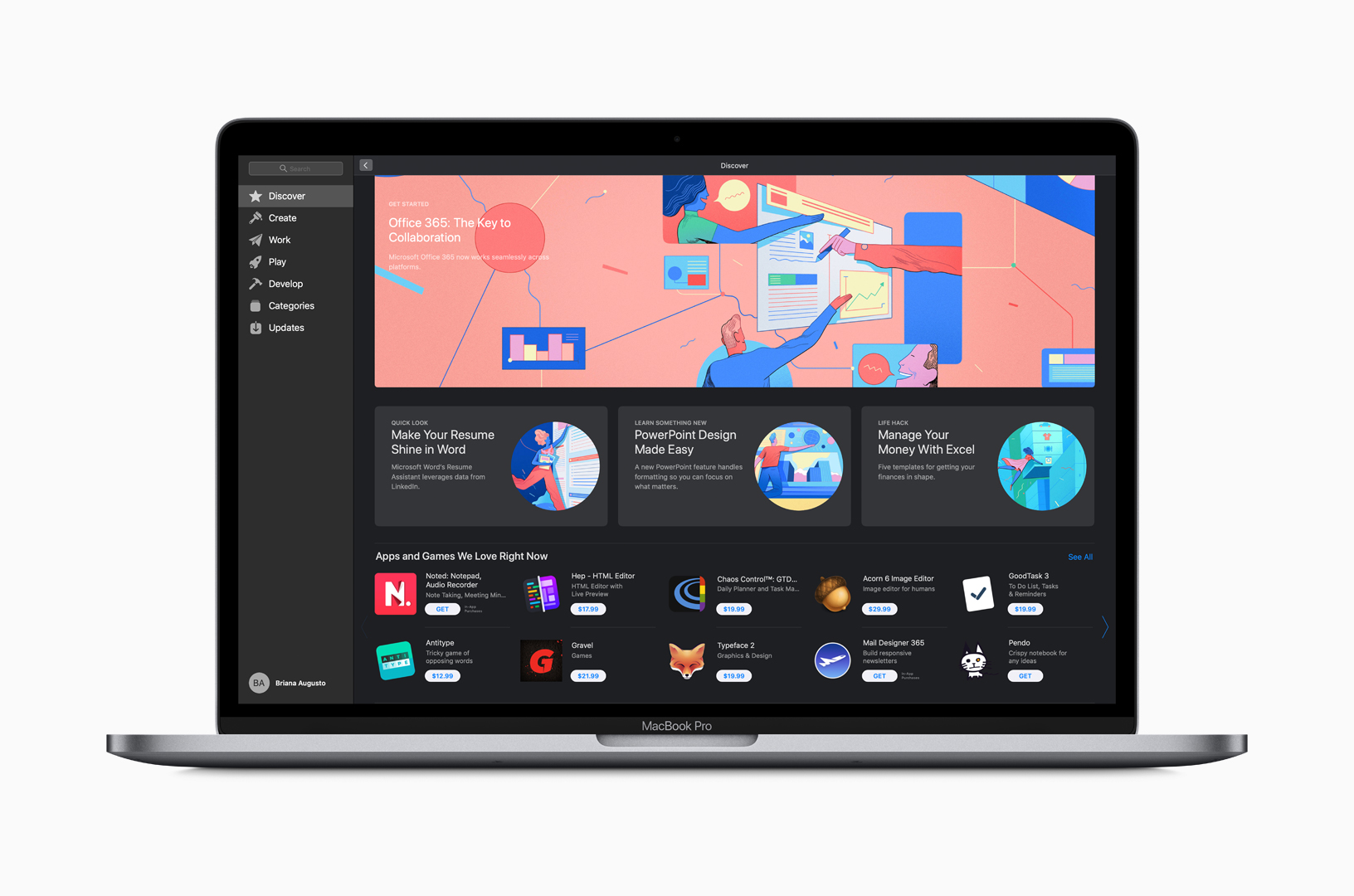

Once downloaded, users need to log into an Office 365 account before they can use the apps, either using a personal or a work subscription. Not all the Office apps are available through the Mac App Store: you’ll need to install Teams separately. As it’s a one-click download, installation is easy enough, the apps installing into the Applications folder with icons in Launchpad. You can download individual Office apps, or the complete suite of Mac Office: Word, Excel, PowerPoint, Excel, OneNote and OneDrive. Microsoft recently made Office available through the Mac App Store for Office 365 account holders. Microsoft requires apps to be repackaged via its own tooling ( available on GitHub) before it can be delivered through Intune. In many cases you don’t want this level of control over user devices, especially if you’re managing a bring-your-own-device policy. However, while you can use Intune to deploy tools like Office to Macs, you’re limited to using Microsoft’s own deployment tooling via the Intune company portal. As part of improved support for managing Macs as part of a corporate fleet through Intune, you can use standard Apple features to enroll devices in Intune, working with Mac-specific MDM-based management tools to apply policies and deploy apps. With support for OneDrive’s files-on-demand now available on macOS, with integration into the Finder, it’s easier to make a Mac a part of a Microsoft 365-based infrastructure. ICloud Usage Policy (TechRepublic Premium) IOS 16 cheat sheet: Complete guide for 2022 WWDC 2022: Apple reveals new MacBooks, swath of OS enhancements It’s even got the new Office app icons, and supports the macOS Mojave dark theme. It’s now built on the same codebase as its Windows sibling, with the same features and a user experience that mixes the latest version of the Office ribbon with familiar macOS tools. Microsoft’s macOS version of Office has had a new lease of life over the last couple of years.


 0 kommentar(er)
0 kommentar(er)
